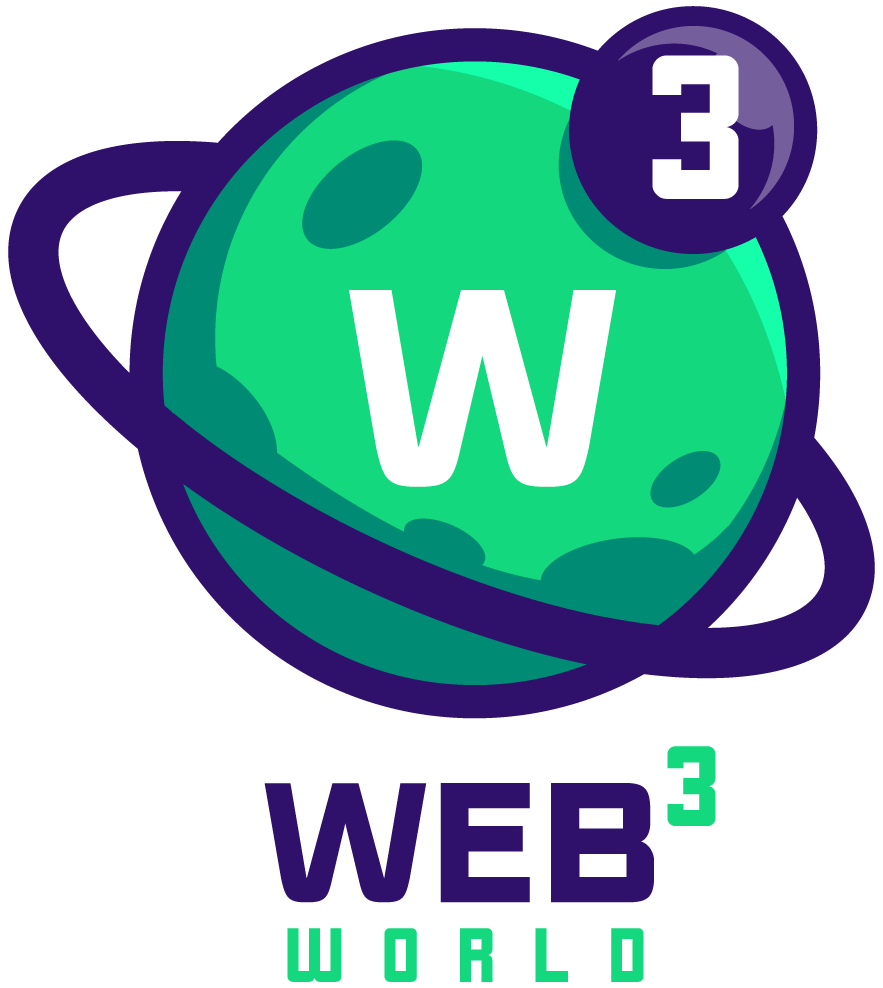WEB3
WEB3

WHAT : Potential next phase of the internet wherein the internet will be decentralised and run on blockchain technology.
PREVIOUS MODELS
- Web 1.0
- World wide web or the internet that was invented in 1989
- Became popular from 1993
- was mostly static where users would go to a website and read and interact with static information
- Even though there were e-commerce websites in the initial days it was still a closed environment and the users themselves could not create any content or post reviews on the internet.
- Lasted until 1999.
- Web 2.0
- Started in some form in the late 1990s itself
- At present in use
- Users can create content.
- Most of the data in the internet
- Internet traffic are owned or handled by a few large companies creating issues of data privacy, data security and abuse of data.
WEB1 V/S WEB2
- The differentiating characteristic of Web 2.0 compared to Web 1.0 is that users can create content.
- They can interact and contribute in the form of comments, registering likes, sharing and uploading their photos or videos and perform other such activities.
- Primarily, a social media kind of interaction is the differentiating trait of Web 2.0.
CONCERNS
- In Web 2.0, most of the data in the internet and the internet traffic are owned or handled by very few behemoth companies.
- Issues related to data privacy, data security and abuse of such data.
- Original purpose of the internet has been distorted.
WEB3
- Gavin Wood, founder of Ethereum, a block chain technology company, used the term Web3 first in 2014
- In 2021, owing to the popularity of crypto-currency, more discussions happened on Web3.
- Potential next phase of the internet
- Decentralised internet to be run on blockchain technology, would be different from the versions in use
- Users will have ownership stakes in platforms and applications unlike now where tech giants control the platforms.
HOW WEB3 WILL IT ADDRESS THE PROBLEMS OF DATA MONOPOLY
As per the Web3 foundation, Web3 will deliver “decentralized and fair internet where users control their own data”.
Currently if a seller has to make a business to the buyer, both the buyer and seller need to be registered on a “shop” or “platform” like Amazon or Ebay or any such e-commerce portal. What this “platform” currently does is that it authenticates that the buyer and seller are genuine parties for the transaction. Web3 tries to remove the role of the “platform”. For the buyer to be authenticated, the usual proofs aided by block chain technology will be used. The same goes for the seller. With block chain, the time and place of transaction are recorded permanently. Thus, Web3 enables peer to peer (seller to buyer) transaction by eliminating the role of the intermediary.
Consider a social media application where you want to share pictures with your followers. It could be a broadcast operation from you aided by blockchain and you don’t need social media accounts for all the participants to be able to perform this.
The key concepts in Web3 seen so far are peer to peer transaction and block chain. The spirit of Web3 is Decentralized Autonomous Organization (DAO) which is that all the business rules and governing rules in any transaction are transparently available for anyone to see and software will be written conforming to these rules. Crypto-currency and block chain are technologies that follow the DAO principle. With DAO, there is no need for a central authority to authenticate or validate.

